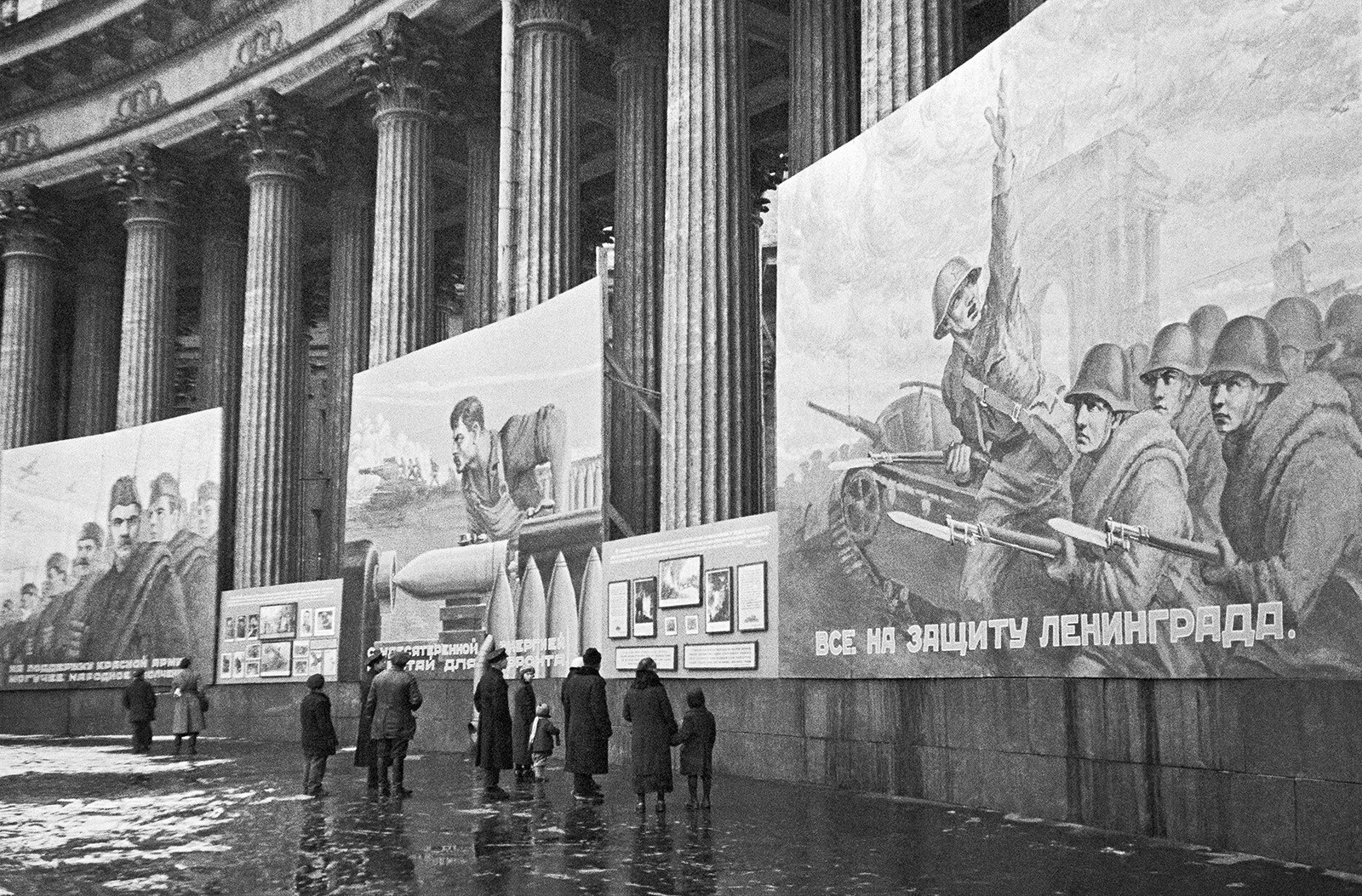What happened to the most famous Russian Orthodox churches after the Revolution?

1. Christ the Savior Cathedral in Moscow
 Christ the Savior Cathedral in Moscow, 1903
Christ the Savior Cathedral in Moscow, 1903
Perhaps the most famous Russian Orthodox churches, which suffered a sad fate. In 1931, it was blown up and the outdoor ‘Moskva’ swimming pool was built in its place.
 Christ the Savior Cathedral explosion, 1931
Christ the Savior Cathedral explosion, 1931
In the late 1990s, the temple was restored according to the original design. Now, it is the main cathedral of the Russian Orthodox Church.
What remained after the demolition of the first cathedral? Find out here.
2. St. Basil's Cathedral in Moscow
 St. Basil's Cathedral
St. Basil's Cathedral
There were rumors that Soviet officials wanted to demolish St. Basil's Cathedral, one of the main symbols of Moscow, too. Allegedly, the Red Square reconstruction project included a highway and the temple would have interfered with its passage.
But, architects, restorers and important cultural figures defended the temple (and, according to legend, Stalin personally did not allow it to be destroyed). The cathedral soon became a historical and architectural museum and is still formally a part of the State Historical Museum.
Check out photos of St. Basil's Cathedral 100 years ago and today.
3. Kazan Cathedral in St. Petersburg
 The Cathedral of Our Lady of Kazan (a.k.a. Kazan, or Kazansky Cathedral)
The Cathedral of Our Lady of Kazan (a.k.a. Kazan, or Kazansky Cathedral)
After the 1917 Bolshevik Revolution, the church was handed over to the priests loyal to the Soviet power and liturgical services were allowed to continue in the church.
But, soon, the church was also closed and, in 1932, the Museum of the History of Religion and Atheism was opened there.
 A patriotic exhibition in the Kazan Cathedral
A patriotic exhibition in the Kazan Cathedral
At the beginning of World War II, patriotic exhibitions dedicated to the great commanders of the past were held there. However, the building came under fire and the temple-museum was closed. For many decades, it was slowly restored and, in the 1990s, while the church remained a museum, religious services had already resumed. In 2000, it was fully handed over to the Russian Orthodox Church and, now, it is the main cathedral of St. Petersburg.
4. St. Isaac's Cathedral in St. Petersburg
 St. Isaac's Cathedral
St. Isaac's Cathedral
The Bolsheviks seized all precious items from the cathedral and transferred the building to the parishioners (who had to pay all the utility bills). For a long time, Soviet authorities didn't know what to do with the masterpiece by architect Auguste Montferrand, but, eventually, in 1931, the State Anti-Religious Museum was opened there and the Foucault pendulum was launched inside.
 Boris Kudoyarov. Cabbage instead of roses, 1942
Boris Kudoyarov. Cabbage instead of roses, 1942
During World War II, it was believed that the Nazis didn't bomb the temple, because they were using it as a point of reference for shelling and aviation. Therefore, the church was used as a storage and valuable artifacts from other museums were brought there.
Read more about St. Isaac's Cathedral here.
5. The Church of the Savior on the Blood in St. Petersburg
 The Church of the Savior on the Blood
The Church of the Savior on the Blood
First time after the revolution, services were being conducted there. But, in 1930, the church was closed and, for a long time, authorities didn’t know what to do with it. The war paradoxically saved the Neo-Russian style masterpiece from demolition, as Leningrad officials were simply worried about other things.
 The Church of the Savior on Spilled Blood during World War II
The Church of the Savior on Spilled Blood during World War II
During the Siege of Leningrad, the church was used as a morgue and the bodies of local residents who died of starvation were brought there. But, after the war, the church was assigned to the Small Opera Theater for storage of stage props. Only in the 1970s was the church handed over to museum workers; and, in 1997, after 27 years of restoration, it was reopened to the public.
Read more about the Church of the Savior on the Blood here.


